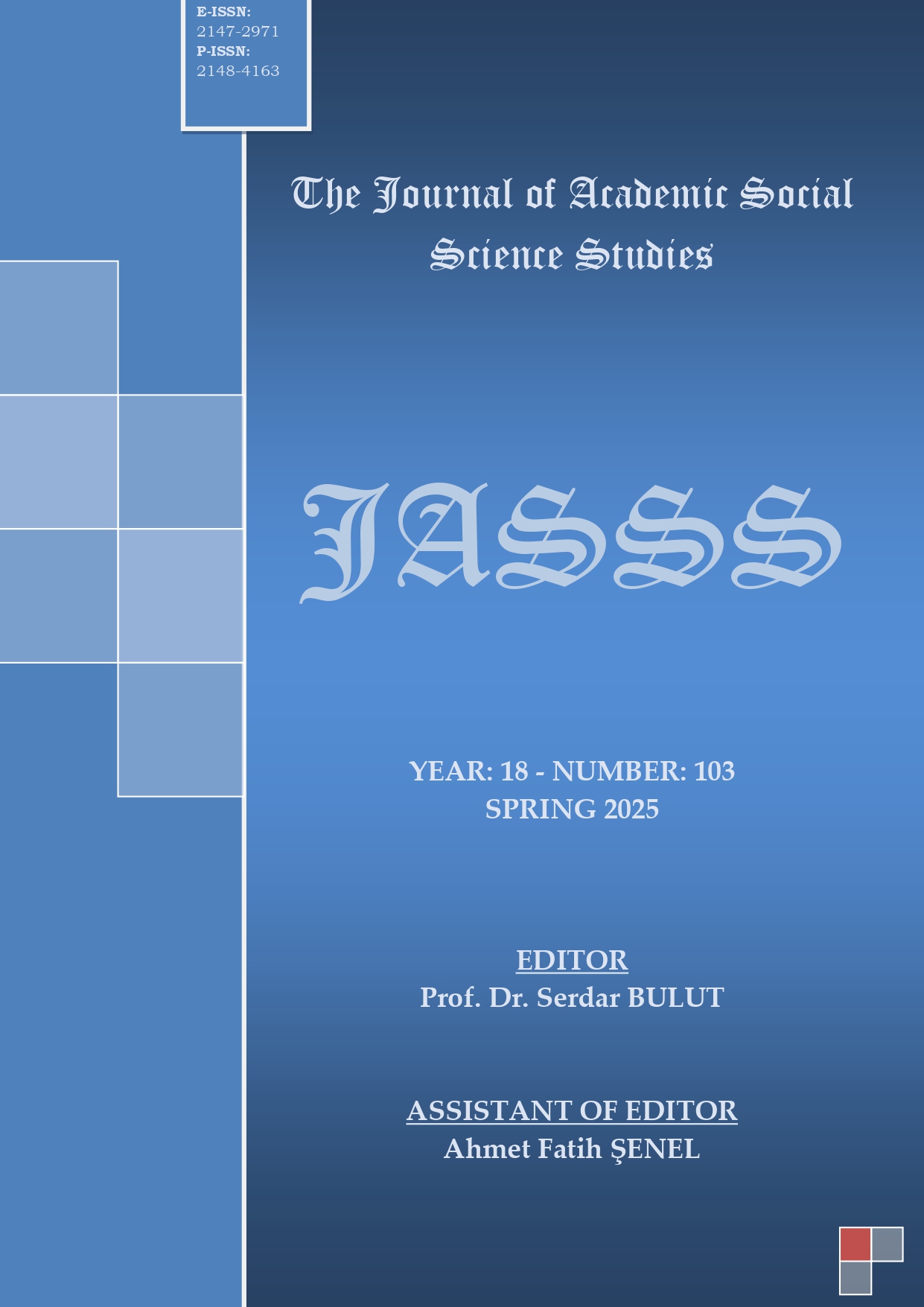Author :
Abstract
Belçikalı frankofon yazar Amélie Nothomb’un Acıyla Çarp Kalbim adlı anlatısındaki kadın karakterlerin annelik rolleri üzerinden bir okumasının amaçlandığı bu çalışmada annelik miti üzerine sıklıkla düşünmüş ve yazmış olan birinci dalga feminist düşünürlerin kuramları göz önünde bulundurulmuştur. Annelik miti dendiğinde hem tarihsel hem biyolojik hem de toplumsal bir işlevle karşı karşıya olunduğu gerçeğinin altı çizilerek yapılan inceleme aracılığıyla kurgu kadın kişiler üzerinden bir sorgulamaya gidilmiştir. Anlatıdaki biyolojik annelerin özellikle kız çocuklarıyla aralarına koydukları mesafeleri aşamayan kız çocukları büyüdüklerinde doğurmamış olsalar da kendi gibi anneye uzak yetişmekte olan kız çocukları için annelik rolünü üstlenmişlerdir. Bu noktada anneliğin hem biyolojik hem de toplumsal işlevleri tartışmaya açılmıştır. Anlatıdaki iki mesafeli anne Marie ve Olivia üzerinden kadının toplumdaki yeri kadar annenin çocuk yetiştirmedeki işlevleri ve önemi üzerine düşünülmüş ve bir annenin bakış açısının çocukların yaşamının devamında ne denli güçlü etkiler bıraktığı üzerine tespitler yapılmıştır. Bu anneler tarafından yetiştirilen anlatının baş kişisi Diane ise tüm bu anneleri gözlemleyerek nasıl olunmaması gerektiği üzerine vardığı düşünceler sonucu kendisi gibi annesi yaşarken yanında olmayan Mariel için adeta bir anne figürü olarak anlatının sonunda yerini almıştır. Annelik mitini değerlendirirken bütüncenin özkurgu (Fr. autofiction) türünde olduğu göz önünde bulundurularak kurgudan gerçek yaşama doğru giden bir inceleme yapılmıştır.
Keywords
Abstract
In this study, which aims to read the female characters in Belgian francophone writer Amélie Nothomb’s novel Strike My Heart through their maternal roles, the theories of first wave feminist thinkers who have frequently thought and written on the myth of motherhood are taken into consideration. Underlining the fact that the myth of motherhood is faced with both a historical, biological, and social function, an inquiry was made through the female fictional characters. The biological mothers in the narrative, especially the daughters who could not overcome the distances between them and their daughters, assumed the role of motherhood for the daughters who were growing up far away from their mothers, even though they did not give birth when they grew up. At this point, both the biological and social functions of motherhood come up for discussion. Through Marie and Olivia, the two distant mothers in the narrative, the place of women in society as well as the functions and importance of mothers in raising children are considered, and it is determined how a mother’s point of view has a strong impact on the continuation of children’s lives. Diane, the protagonist of the narrative, who was raised by these mothers, took her place at the end of the narrative as a mother figure for Mariel, who, like herself, was not with her mother when she was alive, as a result of her thoughts on how not to be by observing all these mothers. In assessing the myth of motherhood, we use the operations of literary semiotics and gender theory, above all to highlight the maternal figures in the book.





